
Orbs price

Disclaimer
OKX does not provide investment or asset recommendations. You should carefully consider whether trading or holding digital assets is suitable for you in light of your financial condition. Please consult your legal/tax/investment professional for questions about your specific circumstances. For further details, please refer to our Terms of Use and Risk Warning. By using the third-party website ("TPW"), you accept that any use of the TPW will be subject to and governed by the terms of the TPW. Unless expressly stated in writing, OKX and its affiliates (“OKX”) are not in any way associated with the owner or operator of the TPW. You agree that OKX is not responsible or liable for any loss, damage and any other consequences arising from your use of the TPW. Please be aware that using a TPW may result in a loss or diminution of your assets. Product may not be available in all jurisdictions.
Orbs market info
Market cap = Circulating supply × Last price

Orbs Feed



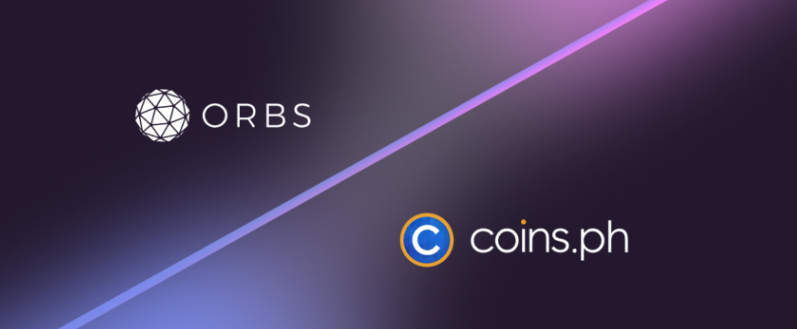

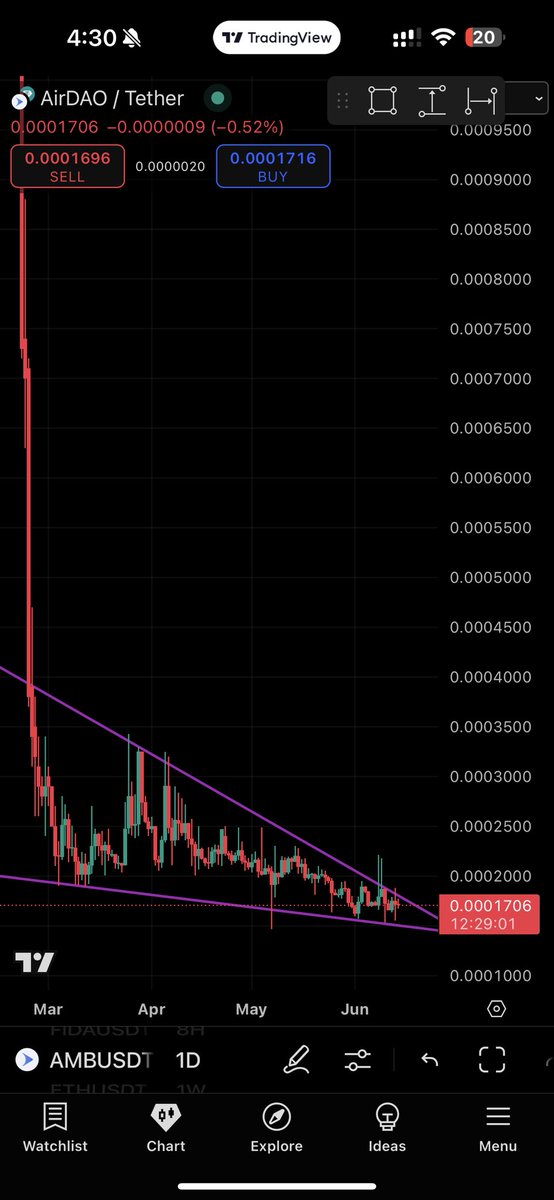
ORBS calculator


Orbs price performance in USD
Popular Orbs conversions
| 1 ORBS to USD | $0.023260 |
| 1 ORBS to EUR | €0.020183 |
| 1 ORBS to PHP | ₱1.3298 |
| 1 ORBS to IDR | Rp 381.87 |
| 1 ORBS to GBP | £0.017286 |
| 1 ORBS to CAD | $0.031942 |
| 1 ORBS to AED | AED 0.085422 |
| 1 ORBS to VND | ₫607.79 |
About Orbs (ORBS)
- Official website
- White Paper
- Block explorer
Orbs FAQ
The Orbs network helps developers improve decentralized applications (dApps) capabilities and build solutions at scale. Businesses can leverage Orbs’ cloud system overseen by validators to manage customer data on a decentralized public network. Additionally, Orbs enables interoperability, ensuring that contracts deployed are compatible across various blockchains.
ORBS tokens are essential for transactions within the Orbs network, particularly for decentralized applications. Moreover, ORBS holders have the opportunity to serve as validators and earn rewards for bolstering network security.
Easily buy ORBS tokens on the OKX cryptocurrency platform. OKX’s spot trading terminal includes the ORBS/USDT trading pair.
You can also swap your existing cryptocurrencies, including XRP (XRP), Cardano (ADA), Solana (SOL), and Chainlink (LINK), for SAITAMA with zero fees and no price slippage by using OKX Convert.
Monitor crypto prices on an exchange
ESG Disclosure
ORBS calculator




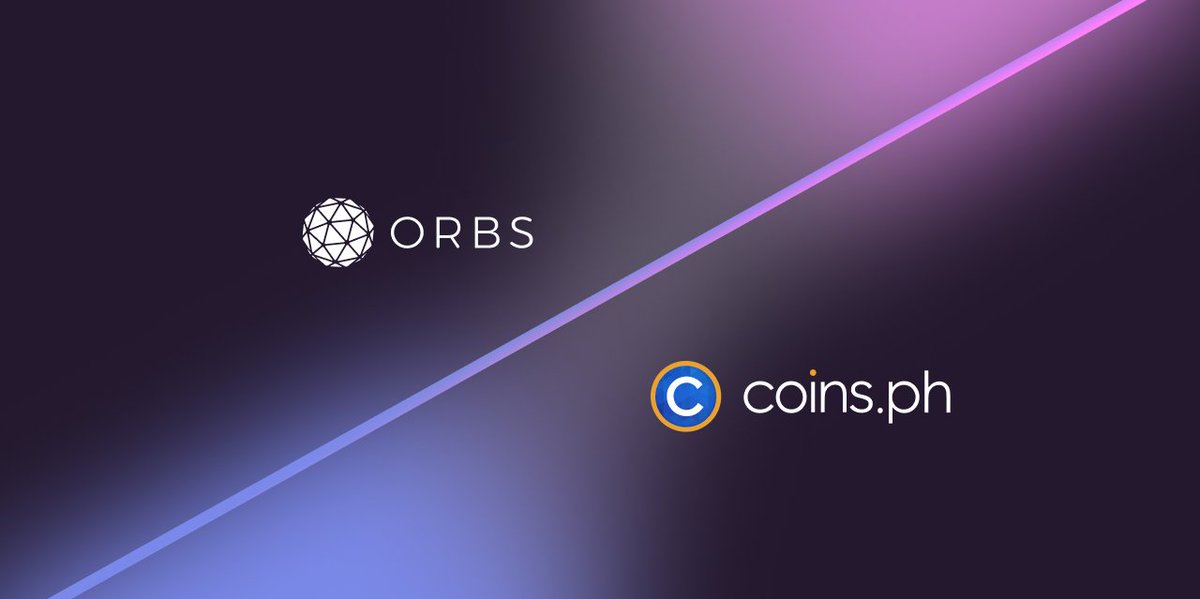
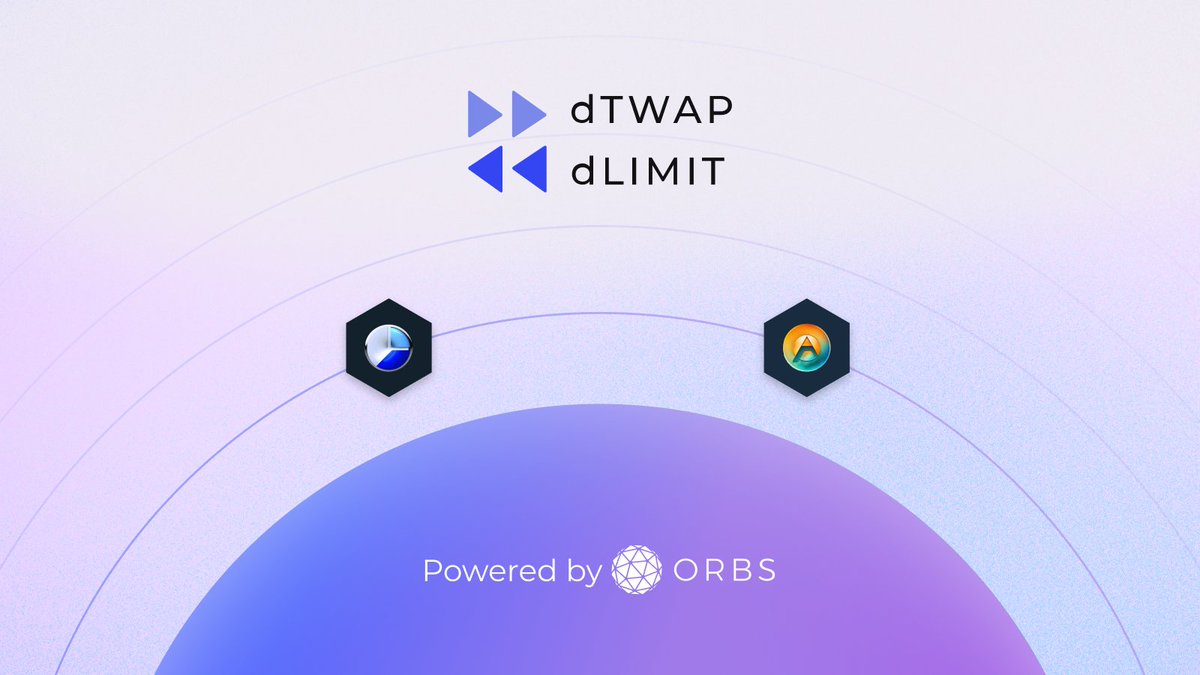
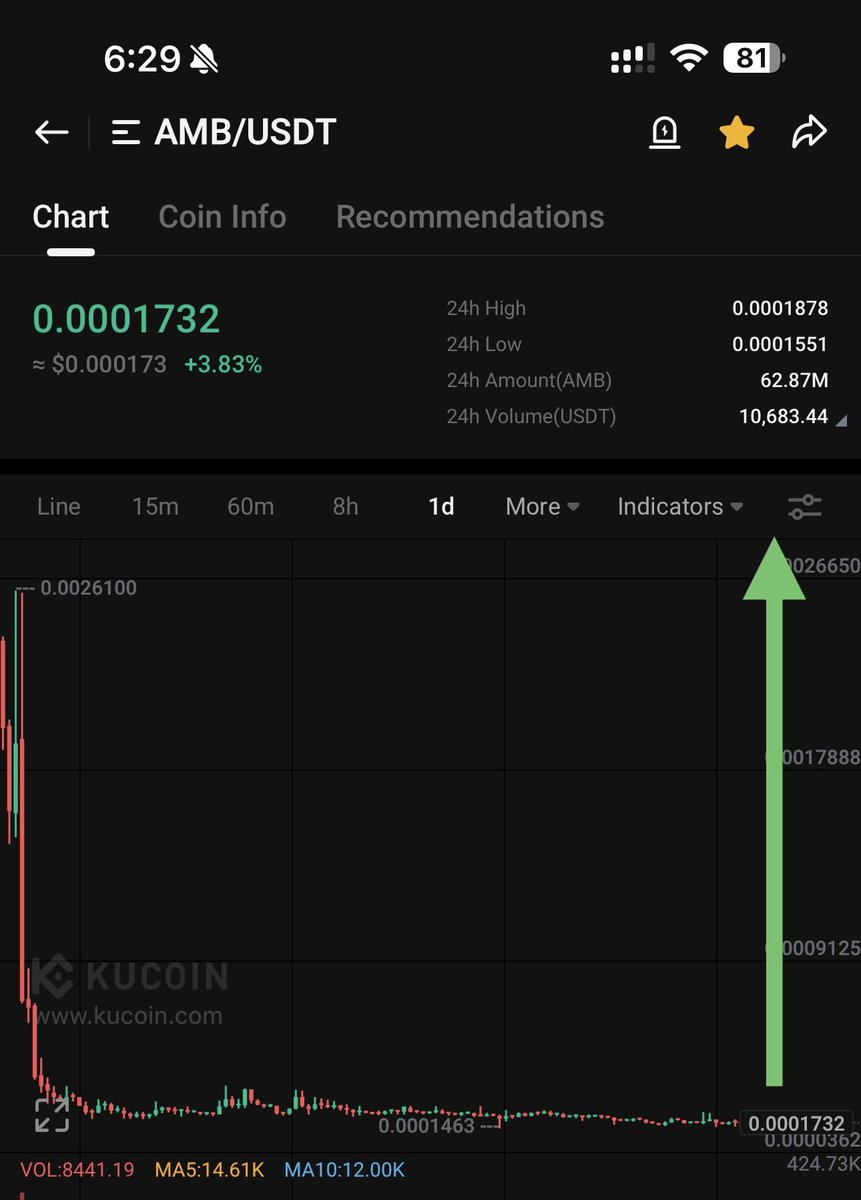












Socials